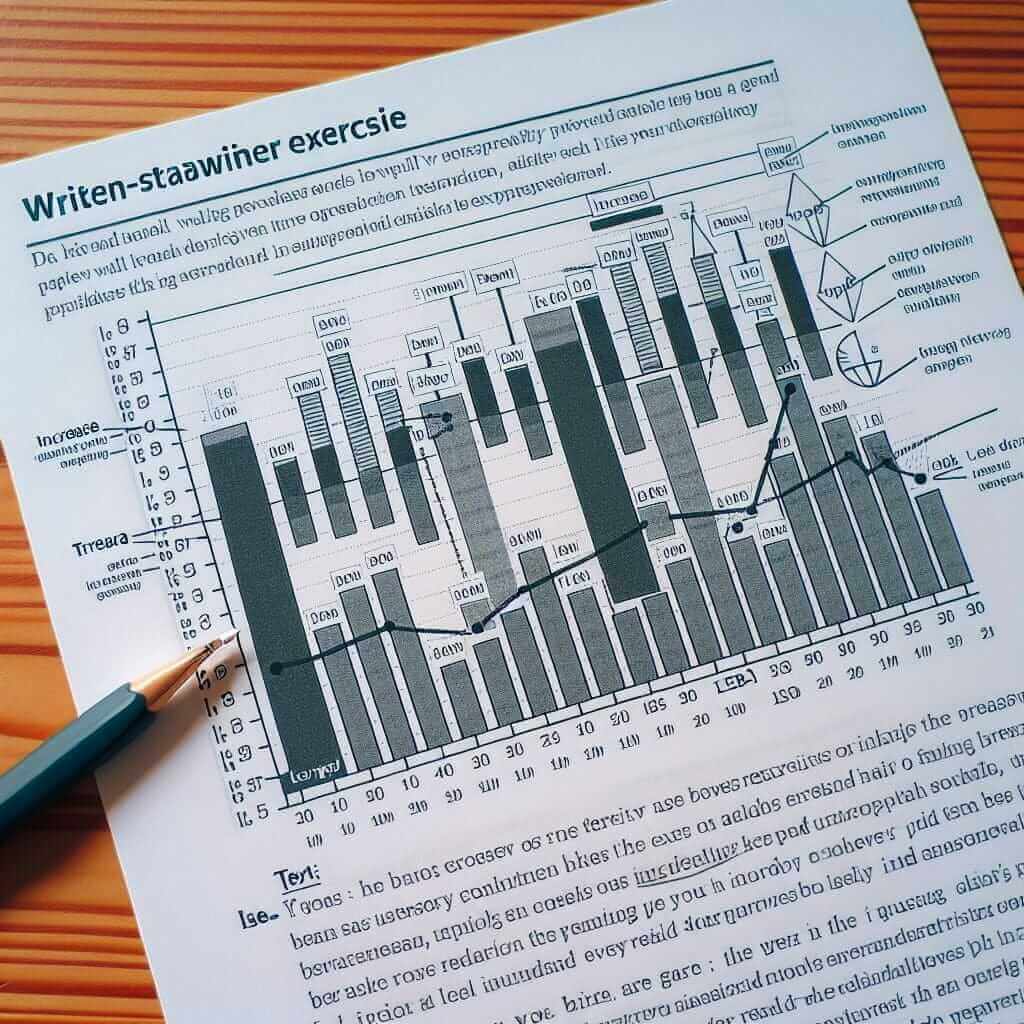Many IELTS candidates struggle with incorporating less common but sophisticated vocabulary and grammatical structures into their writing. One such structure is “it recounts that,” which can add a touch of formality and academic flair to your essays. This guide will delve into the meaning, usage, and nuances of this phrase, providing you with the knowledge and tools to utilize it effectively in your IELTS Writing tasks and achieve a higher band score.
Let’s consider these examples:
- Speaking Part 2: “The novel I’d like to talk about is ‘To Kill a Mockingbird.’ It recounts that story of a young girl growing up in the American South during the era of the Great Depression.”
- Writing Task 1: “The graph recounts the dramatic increase in smartphone usage among young adults over the past decade.”
- Writing Task 2: “Some argue that history is irrelevant to modern society. However, it recounts past mistakes and provides valuable lessons for the present.”
In each sentence, “it recounts that” (or a variation) introduces information, often in a formal or storytelling context. Now, let’s analyze this structure further.
Understanding “It recounts that…”
The phrase “it recounts that” functions similarly to verbs like “tells,” “describes,” or “narrates.” “It” acts as a placeholder subject, often referring to a piece of writing, a story, data, or a source of information. “Recounts” implies a detailed and factual account of events or information.
Frequency in IELTS: While not as common as simpler verbs, using “it recounts that” appropriately demonstrates a wider vocabulary range, which contributes to a higher Lexical Resource score.
Using “It recounts that…” in IELTS Writing
Formula and Grammatical Considerations:
Subject + recount + (that) + object
- Subject: This will often be “it” referring back to a specific source of information.
- Recount: This verb signifies a detailed telling or narration.
- (That): The conjunction “that” can sometimes be omitted, especially in less formal contexts.
- Object: This is the information being conveyed, often a clause.

Applying the Structure in IELTS Writing:
Writing Task 1:
- Instead of: “The chart shows the changes in house prices.”
- Consider: “It recounts that house prices experienced a significant surge between 2010 and 2015.”
Writing Task 2:
- Instead of: “Many historical accounts say that the invention of the printing press revolutionized communication.”
- Consider: “History recounts that the invention of the printing press was a pivotal moment, revolutionizing communication and the spread of knowledge.”
Elevating Your Language: Variations and Alternatives
To further enhance your writing, consider these variations and alternatives:
- It narrates: “The documentary vividly narrates the challenges faced by early explorers.”
- It details: “The report details the company’s financial performance over the last quarter.”
- It illustrates: “This case study effectively illustrates the benefits of renewable energy sources.”
Common Errors and How to Avoid Them
- Incorrect subject-verb agreement: Remember that “recounts” needs to agree with the singular subject “it.”
- Incorrect: “The data recounts…”
- Correct: “The data recounts…”
- Overuse: Like any sophisticated vocabulary, avoid using “it recounts that” excessively. Overuse can make your writing sound repetitive.
Conclusion
Incorporating phrases like “it recounts that” demonstrates a command of advanced vocabulary and grammatical structures, which is crucial for achieving a higher band score in the IELTS Writing exam. By understanding its usage, practicing its implementation, and exploring synonyms, you can add variety and sophistication to your writing, ultimately impressing the examiners with your linguistic prowess. Remember, the key is to use it judiciously and naturally within your writing.